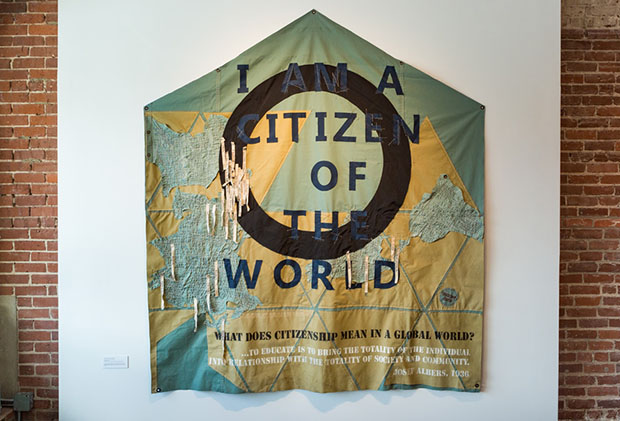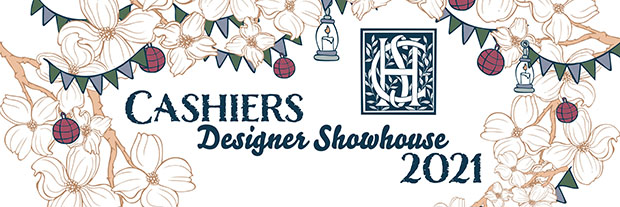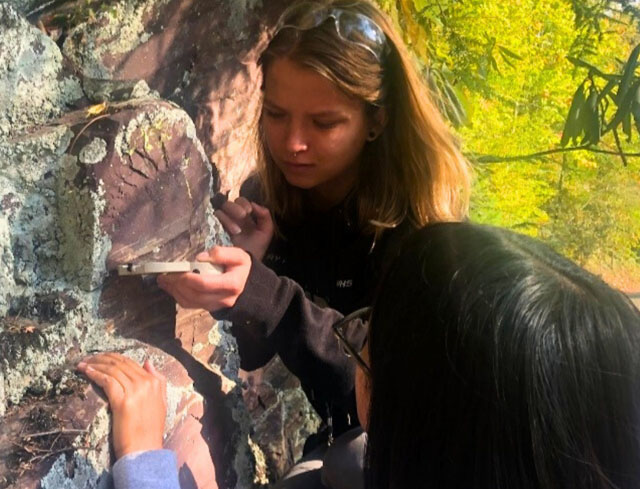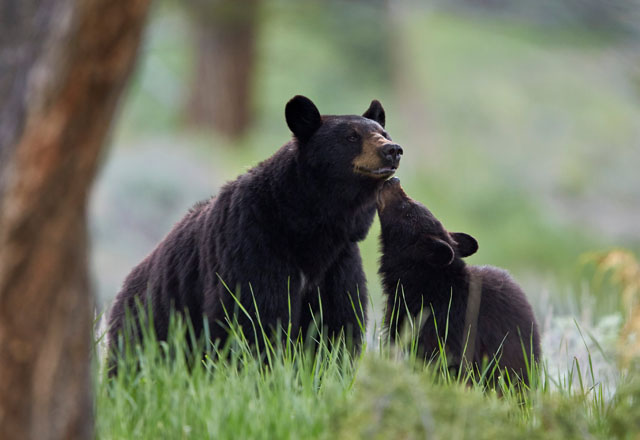Home Is Where the Heart Is
04 Aug 2021
Sharing the legacy of character
By Kat Ford
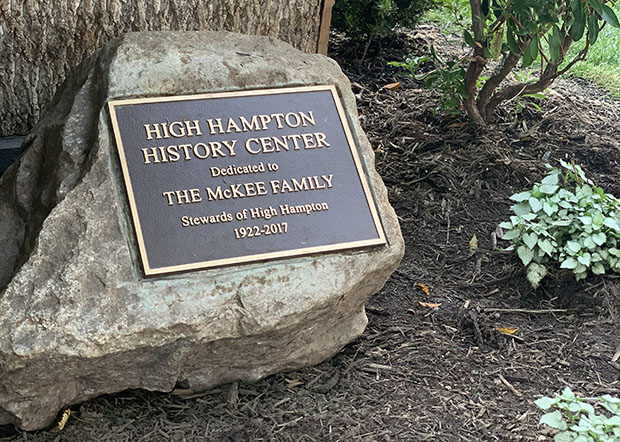
While listening to Ann McKee Austin describe the importance of protecting the history of Cashiers, she paraphrased a sentiment voiced by Dwight Young of the National Trust for Historic Preservation on a visit to Cashiers. Many small towns, especially rural populations, tend to assume that because they lack the historical architecture of places like Charleston and Savannah, their preservation efforts are not as profound. In truth, every area has its own character, which defines its heart. How that community grows and continues to be defined relies on the preservation of its character.
Various groups and individuals had long collected historical information relevant to Cashiers, but prior to 1996, there had never been an organized effort to preserve this history. That year an organizational event at the Hanks House led by local historian Jane Nardy, Ann Austin, Vanna Montgomery Cameron and other community leaders formed the Cashiers Historical Society (CHS). To this day, CHS encourages the reuse of buildings through its Village Heritage Award, which recognizes structures in Cashiers that have been adapted for use as an active business and contribute to the community's vitality. Further, CHS has done three historic site surveys, documenting buildings over 150 years old in the area.
In late 1997, the first major project of CHS was born: the preservation of today's Zachary-Tolbert House, an iconic 19th-century home built by Mordecai Zachary. The house was advantageous for preservation for four reasons. First, it was a rare example of rural Greek Revival architecture. Second, it was built by a pioneer of the Cashiers Valley. Third, it had never been "remuddled," a preservation term for when original character and integrity are lost in the renovation process. Fourth, it was in an area where two other Cashiers landmarks were on the National Register of Historic Properties, the Church of The Good Shepherd (1986) and High Hampton Inn Historic District (1991). In 1998, a fundraiser was created to restore the Zachary-Tolbert House, donated to the historical society that same year by Tom and Wendy Dowden. This early fundraiser, the Cashiers Designer Showhouse, was hosted at the Hooper House (built circa 1936 and located in Cashiers), which 13 designers from the Southeast dressed. Restoring the Zachary-Tolbert House took several years and consisted of two phases funded by proceeds from the first and second Showhouses. The Zachary-Tolbert House is now on the National Register of Historic Properties (1998). It serves as a free public museum on the beautiful CHS grounds, which include seven additional historical landmarks and trails that honor the history of Cashiers.
With a real estate boom that brought preservation and adaptive reuse concepts to the forefront for many full and part-time residents, this year's Cashiers Designer Showhouse will consist of many panel discussions with local businesses, design and nonprofit leaders concerning style and stewardship. One such panel, titled "Share the Legacy- Preservation and Design," will consist of four members discussing how the two-year renovation of High Hampton combined history, design and preservation, including Ann McKee Austin who will discuss the preserving of High Hampton’s rich history to create the High Hampton History Center.
There is a reason High Hampton Inn was one of the first three Cashiers landmarks placed on the National Register of Historic Properties. The former Confederate general, senator and governor of South Carolina, Wade Hampton III, owned the original family mountain get-a-way property. His niece, Caroline, was a nurse and married a founder and chief surgeon at Johns Hopkins Hospital in Baltimore. She and her husband, Dr. William S. Halsted, would visit the property, calling it "High Hampton." The name wasn't the only contribution the Halsteds brought to the estate; it was here where they cultivated their prized dahlia roots. After the death of Dr. Halsted, Ernest Lyndon McKee Sr. acquired the property in 1922. Realizing that western North Carolina would continue to flourish as a popular tourist destination, he opened High Hampton Inn, building a golf course and cottages. When the original Inn burnt in 1930, it was immediately rebuilt as the structure that stands at High Hampton today. McKee married Gertrude Dills from Dillsboro, NC. Gertrude Dills McKee became the first female senator in North Carolina in 1930. She was a champion for establishing the Great Smoky Mountains National Park and extending required children's education from sixth to eighth grade, an advocate in creating the Social Security program and led efforts to reform child labor laws. The High Hampton Inn became a vital part of the Cashiers Valley, offering critical jobs during the Great Depression and a place for families to make lasting generational memories. Leadership passed down through the McKee family until 2017, when Will McKee decided to retire and sell the property. New ownership would require renovations. Luckily, the new owners also valued stewardship and preservation.
The revitalization of High Hampton was a group effort between several partners: the team behind Blackberry Farm in Tennessee, with guidance from the Beall Family and founder Sandy Beall, oversaw renovations to the Inn, cottages, and restaurants within the Inn, while Arlington Family Offices and Daniel Communities, Blackberry's partners in the overall property project, focused on the redevelopment of the golf course and development of new club amenities and private residential offerings. The renovations, undertaken with guidance from the North Carolina State Historic Preservation Office, honored High Hampton's nearly one-hundred-year-old architecture while restoring the property's oldest and most historic accommodations. In addition to preservation, the new owners of High Hampton asked Ann McKee Austin to become a custodian of High Hampton's history and help in founding the High Hampton History Center (HHHC). This required two years of going through storage and the deep recesses of High Hampton’s attic and basement. "They say a pack rat is a preservationist's best friend, and my uncle kept everything," jokes Austin. A collection of items was donated to Western Carolina University's Hunter Library, especially the articles relating to Austin's grandmother, Gertrude Dills McKee. High Hampton historical items will be rotated for future exhibits at the HHHC, which is open to High Hampton residents and guests of the Inn.
Guests will be delighted to look through thoughtfully curated exhibits, a collaboration between Austin, the HHHC director, Robert Gleason, and award-winning designer and past national president of the American Society of Interior Designers, Charles Gandy. Gandy's impressive design resume lent for a dramatic and creative presentation, including custom features by local craftsman Ken Fisher. Guests will enjoy researching their families through guest registers dating back to High Hampton Inn's opening day in 1924. An original notebook of photographs by George Masa commissioned by Ernest Lyndon McKee Sr. gives a glimpse at the original property and areas around Cashiers.
In contrast to the stewardship efforts given to High Hampton Inn, preservationists point to the very first Cashiers property placed on the National Register of Historic Properties, the Fairfield Inn (1982). Never renovated, a fire in 1986 revealed it was unsafe. A historic wooden Queen Anne hotel, it was torn down at just under 100 years in age. A few remnants of the great Fairfield Inn still live on. The final of the current five National Register of Historic Properties in Cashiers, Camp Merrie-Woode (1995), originally established as Lake Fairfield Camp in 1919, still operates today.
CHS is bringing the annual Designer Showhouse fundraising event to their historical grounds this year. With a mission of preserving the heritage of the entire Cashiers Valley through stewardship, advocacy and education, six glamping tents serve as the 2021 Designer Showhouse, themed "Home is where the heart is." If it is true that every area has its own character, defining its heart, the 24th annual Cashiers Designer Showhouse may very well succeed in making a "house" a home.
For a more in-depth look at topics in this story, read these Plateau Magazine articles from past issues or online at www.theplateaumag.com
APRIL/MAY 2020
Western North Carolina’s First Lady, Gertrude Dills McKee
By CAROL M. BRYSON, Author and Historian
JUNE/JULY 2020
Historical Hotels, Tourist accommodations of long ago
By CAROL M. BRYSON, Author and Historian
AUGUST/SEPTEMBER 2020
Best in Show, The dazzling dahlias of Cashiers Valley
By CAROL M. BRYSON, Author and Historian
The Camp Merrie-Woode Spirit, Empowering girls and young women for over a hundred years
By ALLISON BOLT
OCTOBER/NOVEMBER 2020
A New Chapter, High Hampton slated to reopen
By DAWN LILES
FEBRUARY/MARCH 2021
Allowing the Soul to Bloom, Preserving what counts in Highlands
By RAN SHAFFNER, Archivist Emeritus, Highlands Historical Society
Preserving the Village, Cashiers Historical Society
By MELISSA WARREN HUDSON
AUGUST/SEPTEMBER 2021
A Picture and a Thousand Words, George Masa and Horace Kephart
By: RAN SHAFFNER, Archivist Emeritus, Highlands Historical Society

